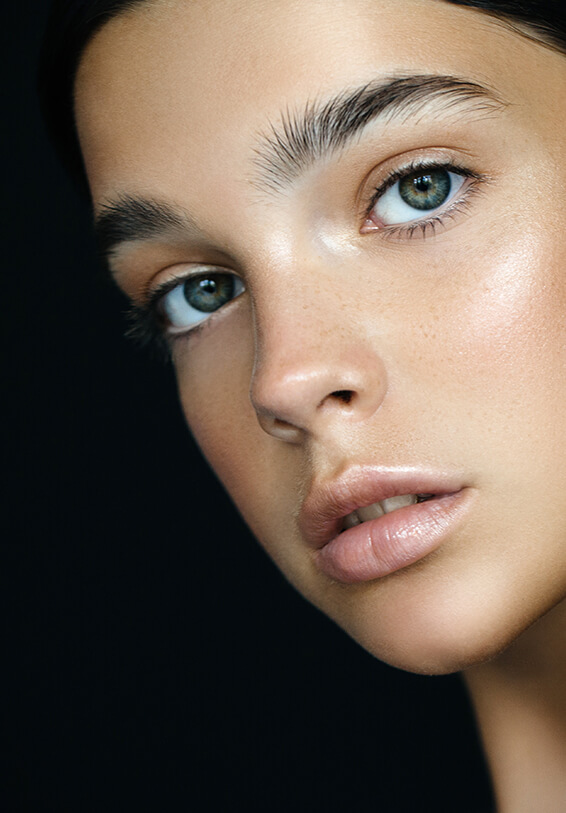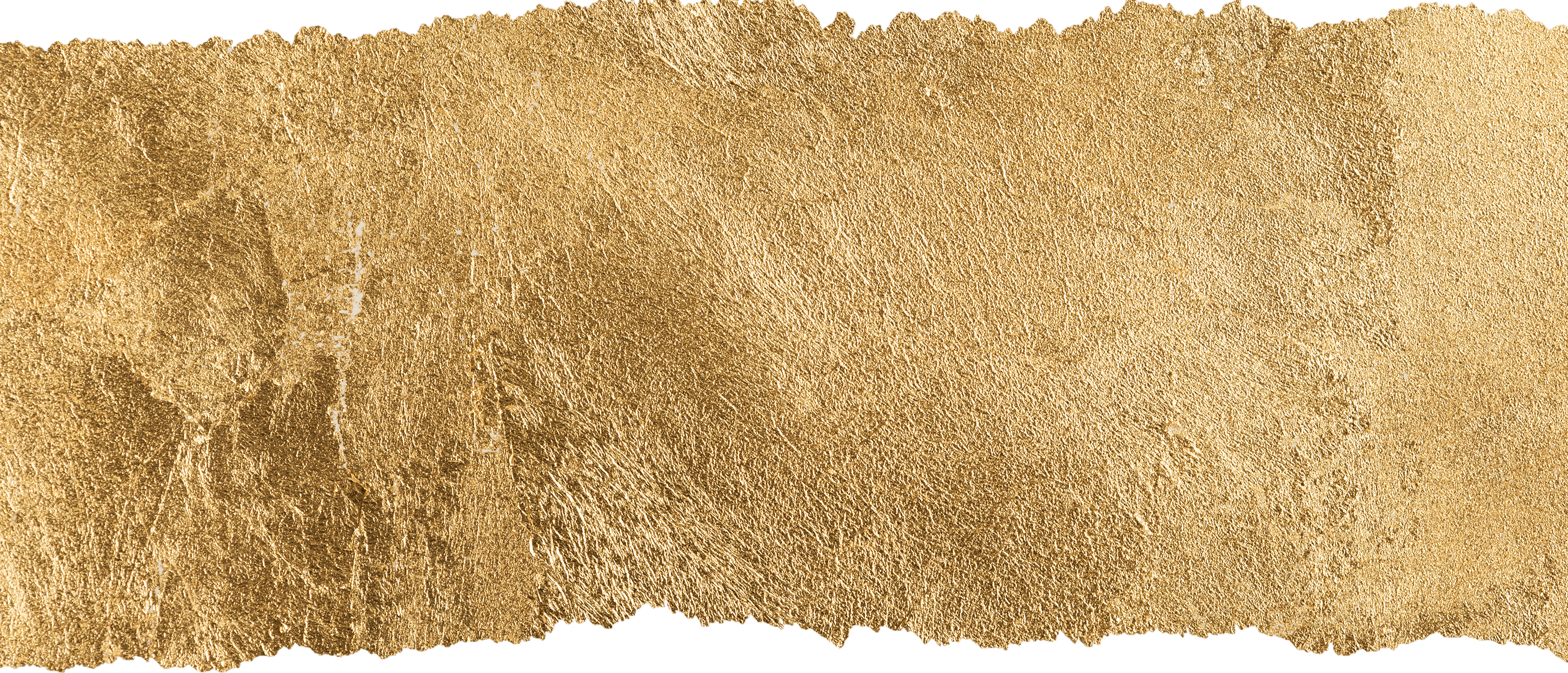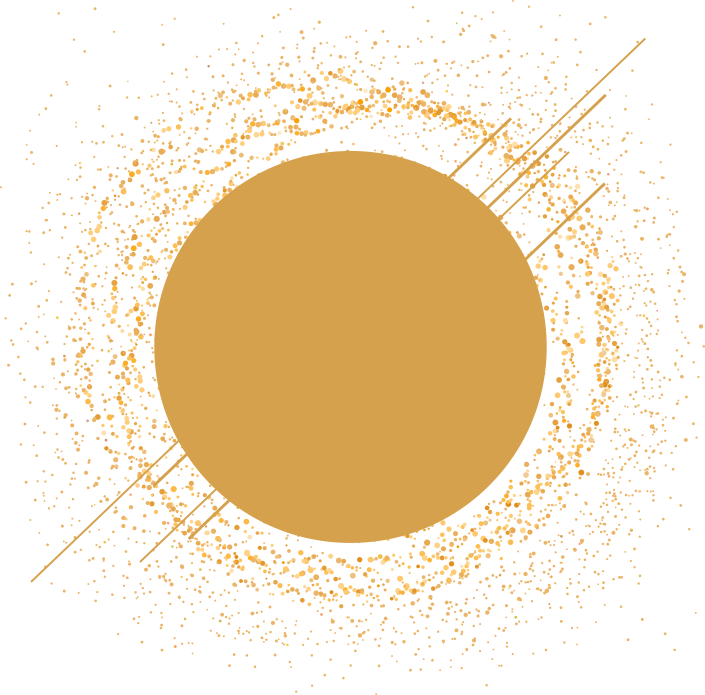Treatment Overview
An initial appointment usually involves a detailed consultation with Dr Rhobaye for a tailored treatment strategy of 45-60 minutes. The actual injection stage takes only 10-20 minutes but can be significantly longer if combined with other treatment areas.
Jawline reshaping treatments with fillers are usually tolerated very well. The premium cosmetic fillers that we use for the jawline contain a local anaesthetic to reduce any discomfort significantly.
Similarly, jawline slimming treatment involves a few injections of muscle relaxant into each masseter delivered gently using very fine needles with no anaesthetic required.
Non-surgical jawline reshaping is a minimally invasive technique with significantly less risk of complications and downtime compared to surgery. You can return to work or your usual routine immediately or very soon after treatment.
You may experience some very mild swelling and occasionally bruising, which can take a few days to settle. Should bruising occur, they can be adequately covered up with makeup.
You will be advised by Dr Rhobaye on the expected recovery time so that you can plan a suitable procedure date. If requiring treatment before an important event, please book ahead allowing time for both the treatment and a 2-3 week follow-up review.
Jawline augmentation: the results from hyaluronic acid filler treatments are immediate, and you should expect a noticeable improvement straight away. However, these results will develop further as the fillers undergo a process of integration and compaction, which can take some time to complete. There will also be a degree of minor soft tissue swelling which needs to resolve to assess the treatment outcome. Consequently, the final stable results can take several weeks to appear, typically 4-8 weeks.
Jawline slimming: there will be a gradual reduction in muscle thickness occurring over the following weeks, which typically become noticeable around 6-12 weeks.
Jawline augmentation: results may last between 12-24 months or even longer in some individuals. Although HA fillers are classified as temporary, results can persist for a long time such that the baseline is improved with each treatment. This, in turn, means that you need less filler to maintain the same results and that the results can last incrementally longer with each treatment, especially if undertaken as part of a maintenance programme.
Jawline slimming: the results typically last approximately 6-12 months, however, can be easily extended with a repeat treatment session. Indeed, we have observed that the duration of results usually increase after each treatment to the extent that some patients stop requiring any further injections after a certain number of sessions.
This will be discussed during your consultation as it varies from patient to patient and on the treatment area and desired result.
Jawline cosmetic fillers: for certain patients, only one session is necessary, whereas others may require several staged procedures over some time. We usually recommend that patients seeking further treatment allow at least 2 weeks (preferably 4 to 6 weeks) before undergoing additional filler procedures within the same area. After an optimal jawline structure is achieved, then only occasional smaller maintenance treatments are required perhaps once every 12-24 months.
Jawline slimming: for patients with only moderate muscle enlargement, one session is usually enough. However, some patients with particularly bulky muscles may need 2-3 sessions spaced 8-12 weeks apart to achieve optimal results.
A fundamental principle in our treatment philosophy is that the results have to look natural. We take great care and skill in achieving this through a carefully planned treatment strategy that is highly individualised to each patient’s specific facial anatomical features. Dr Rhobaye is a highly experienced specialist and leading authority in non-surgical and minimally-invasive facial aesthetics. He uses advanced methodologies and techniques incorporating higher-level treatment philosophies that consider the face as a whole to achieve a very natural-looking appearance without distracting or disproportionate features. It is a comprehensive treatment strategy for full facial rejuvenation using the very latest and most advanced filler and neurotoxin technology.
Please look at our Photo Gallery for examples of our work.
Our experience with non-surgical jawline enhancement is that the patient satisfaction rate of this procedure is extremely high. Nevertheless, one of the main advantages of using hyaluronic acid (HA) fillers is that the procedure is reversible. If a patient wishes to reverse the changes for any reason, a particular enzyme (hyaluronidase) can be injected into the treatment area to dissolve the HA filler.
Disclaimer: Individual results and reactions may vary and can be affected by factors such as anatomy, physiology, metabolism, physical as well as environmental stresses, and fluctuations in body weight.



 How long do results last?
How long do results last?  Can the treatment results from Cosmetic Fillers be reversed?
Can the treatment results from Cosmetic Fillers be reversed? 





